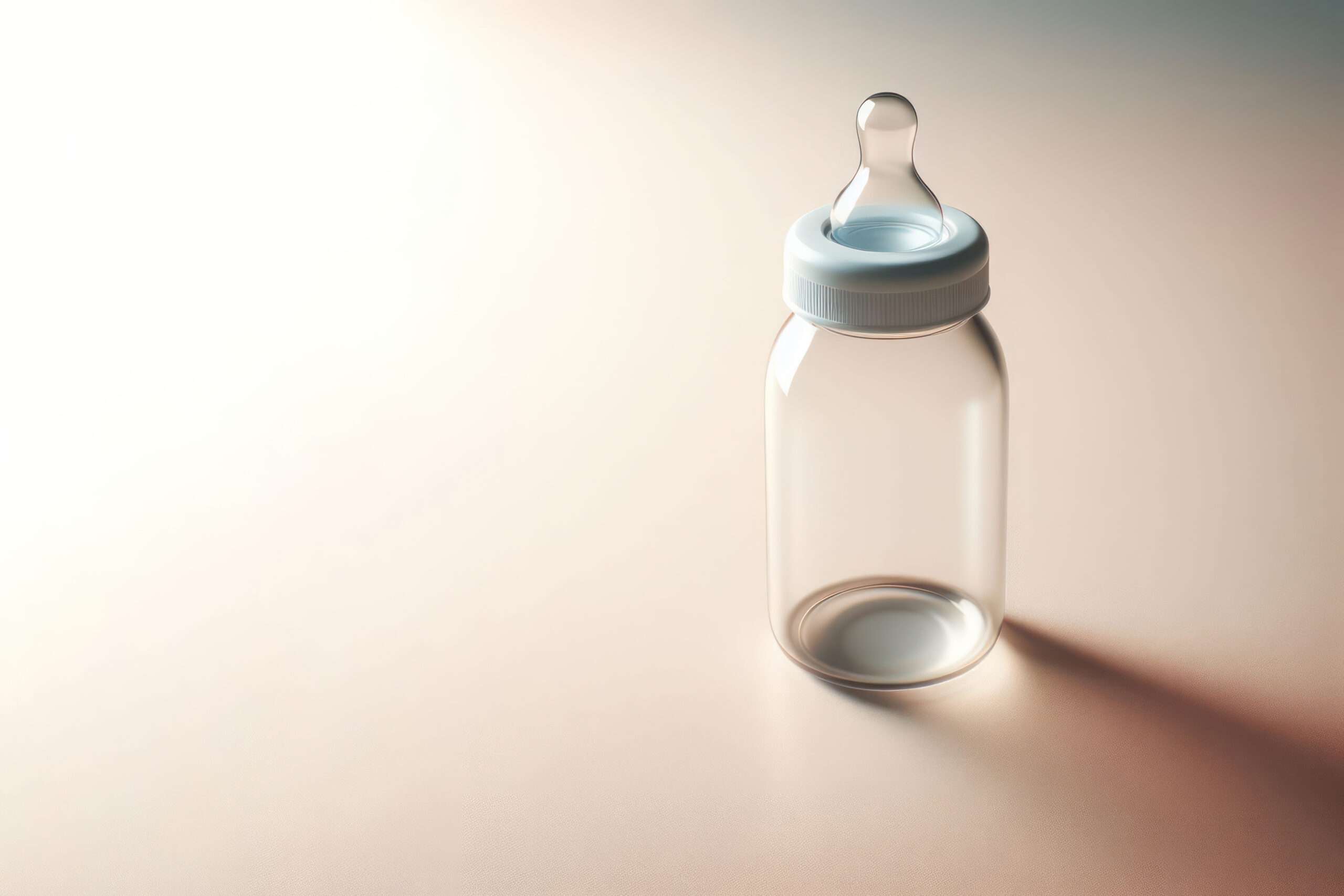Handi-Craft and Philips North America, two major baby bottle manufacturers, are currently facing separate class-action lawsuits for allegedly failing to warn parents about potential microplastic leakage from their baby bottles. This issue arises from the fact that all plastic materials release microplastics under heat and pressure, regardless of the type of plastic used.
The lawsuits claim that without explicit information on the packaging regarding the presence of microplastics in plastic materials, consumers cannot determine if the products are truly safe for their babies. This would require specialized knowledge in plastic composition, which the plaintiffs argue is not common among the general public.
Both companies use polypropylene, a material favored after the FDA banned bisphenol A (BPA) in 2012. Polypropylene is considered safer compared to other materials, with 82% of baby bottles globally being made from this material. Various organizations, including the American Academy of Pediatrics, have deemed polypropylene as a safe option for baby bottles.
Despite the safety of polypropylene, the lawsuits allege that the companies failed to disclose the potential harm of microplastics released from the bottles. Consumers felt misled by the “BPA free” label, assuming the products were free of harmful chemicals and microplastics when heated.
While nonplastic alternatives like silicone, stainless steel, and glass exist, they come with their own drawbacks such as higher costs, lower durability, environmental impact, and potential lead contamination.
The FDA’s ban on BPA was driven by market trends rather than immediate safety concerns, as companies had already shifted away from the material due to public pressure.
In response to the lawsuits, Handi-Craft and Philips North America defended their positions, highlighting the ubiquitous nature of microplastics and questioning the quantification of potential harm from the leaked microplastics.
It is important to note that while microplastics are unavoidable, their actual harm is subject to debate. The overwhelming presence of microplastics does not necessarily equate to significant health risks, as highlighted by recent discussions on the topic.





